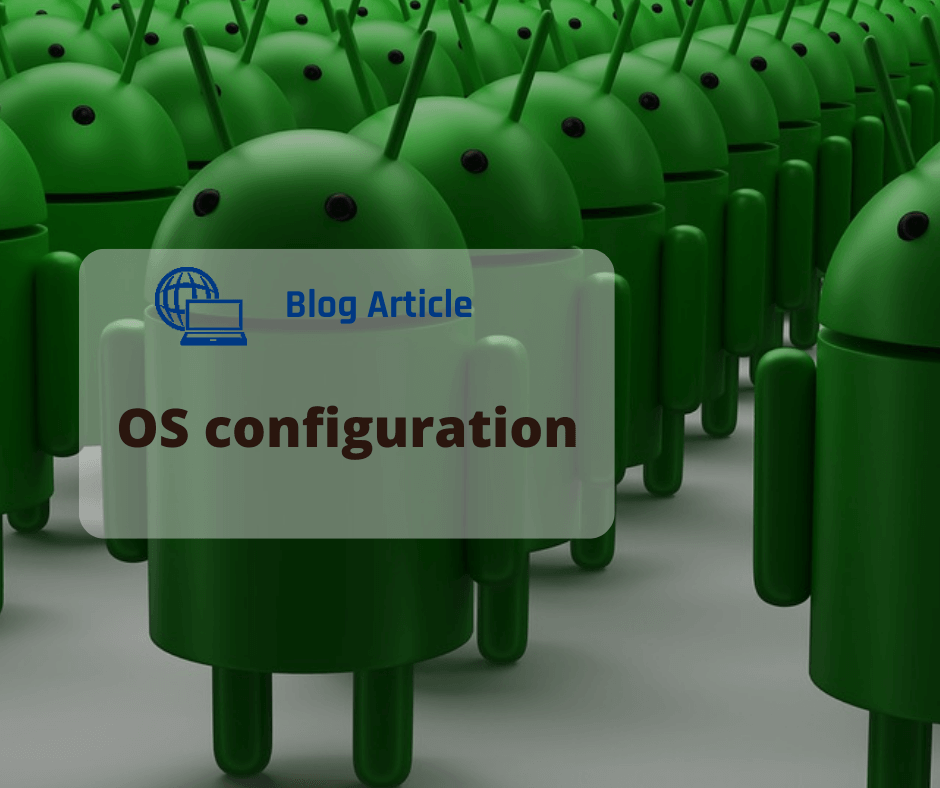
The hardware configuration contains this definition information, known as the operating system (OS) configuration. Not explicitly connected and their associated parameters.
It can be typically has a processor or partition. Each processor can run different times. There are two types of OS configuration: MVS and VM.
MVS OS configuration
It can contain one or more EDTs. An Eligible Device Table or EDT is a list of esoteric device groups, plus the names of the generic device types which determine how devices are used (order of preference) within each esoteric. However, EDT has a two-digit ID; you must define at least one EDT for each MVS OS configuration.
An esoteric device group or esoteric is an installation-defined and named grouping of I/O devices under an EDT. Devices within an esoteric are usually from the same device group, but can be of different device types.
Every device type always has its generic. Each generic has a preference number which governs the order of allocation of devices to jobs within an esoteric. For example, if the esoteric contains the device types 3390, 3380 and 3350, and the generics associated with the device types have preference numbers 280, 290 and 300, respectively, then the preference numbers are used by the MVS allocation component to assign the devices in that order of preference.
Faster devices have lower preference numbers. You can change the preference number of a generic under an EDT (user-defined generic), but not under an OS configuration (system-defined generic).
You can mark one or more of the devices defined to an Operating System to be your consoles. A console displays system-related information (for example, error messages) directly from MVS. First, for the MVS system, you can specify NIP consoles; for z/VM, you can specify primary and alternative VM consoles.
Source:
www.ibm.com
“No copyright infringement is intended”

